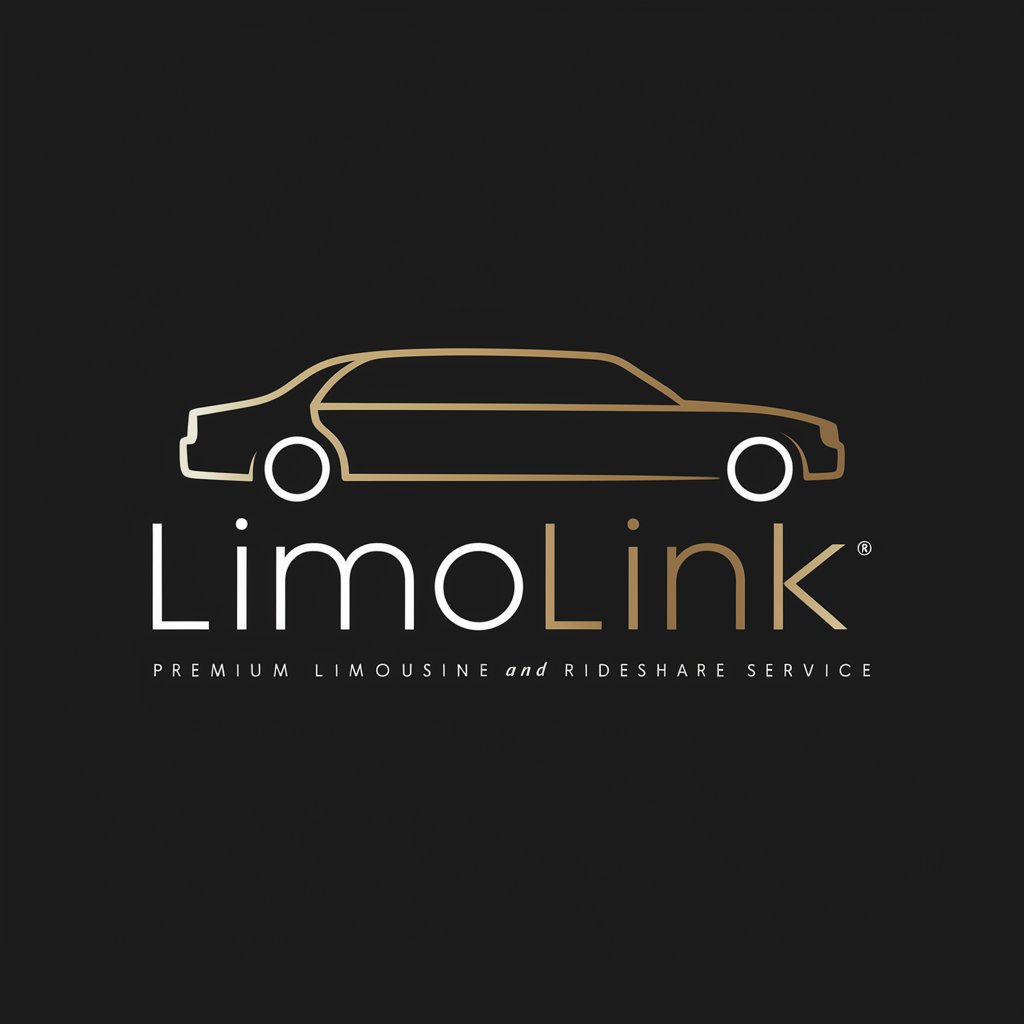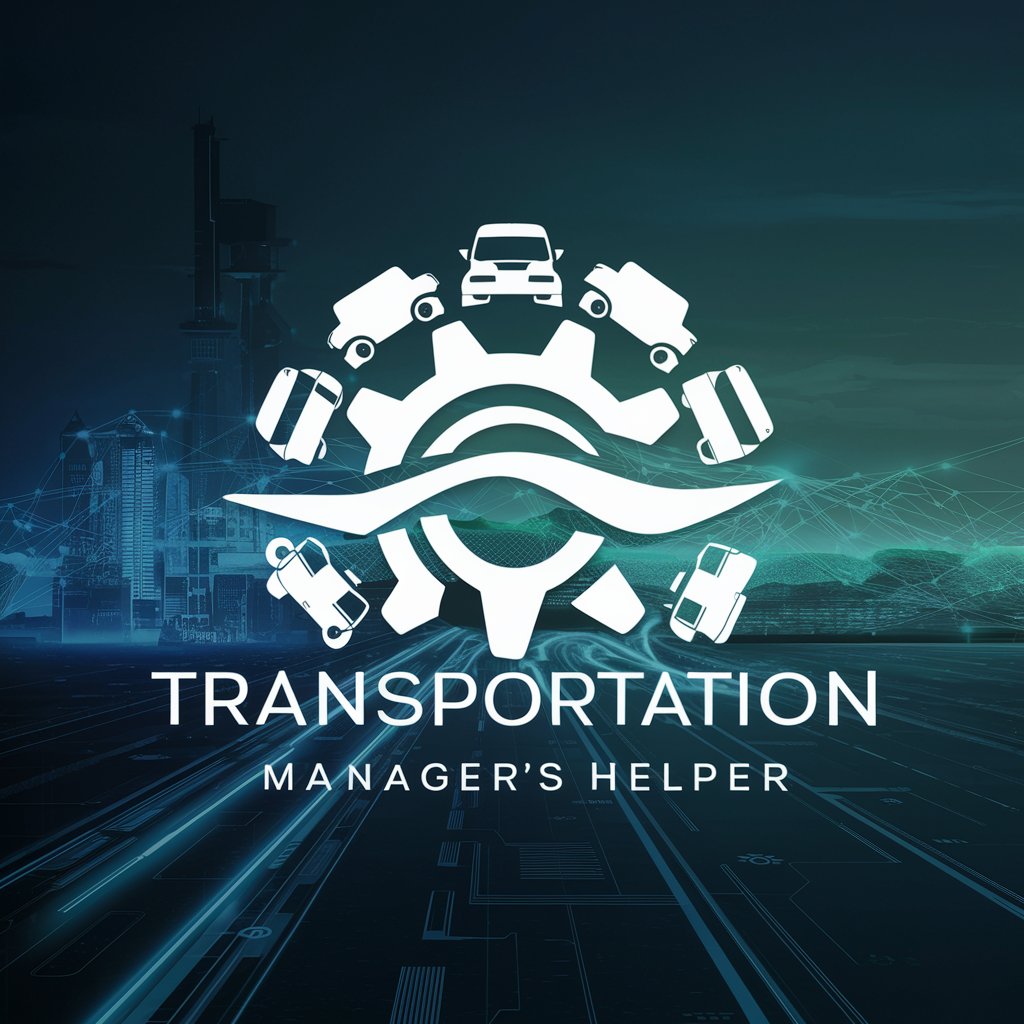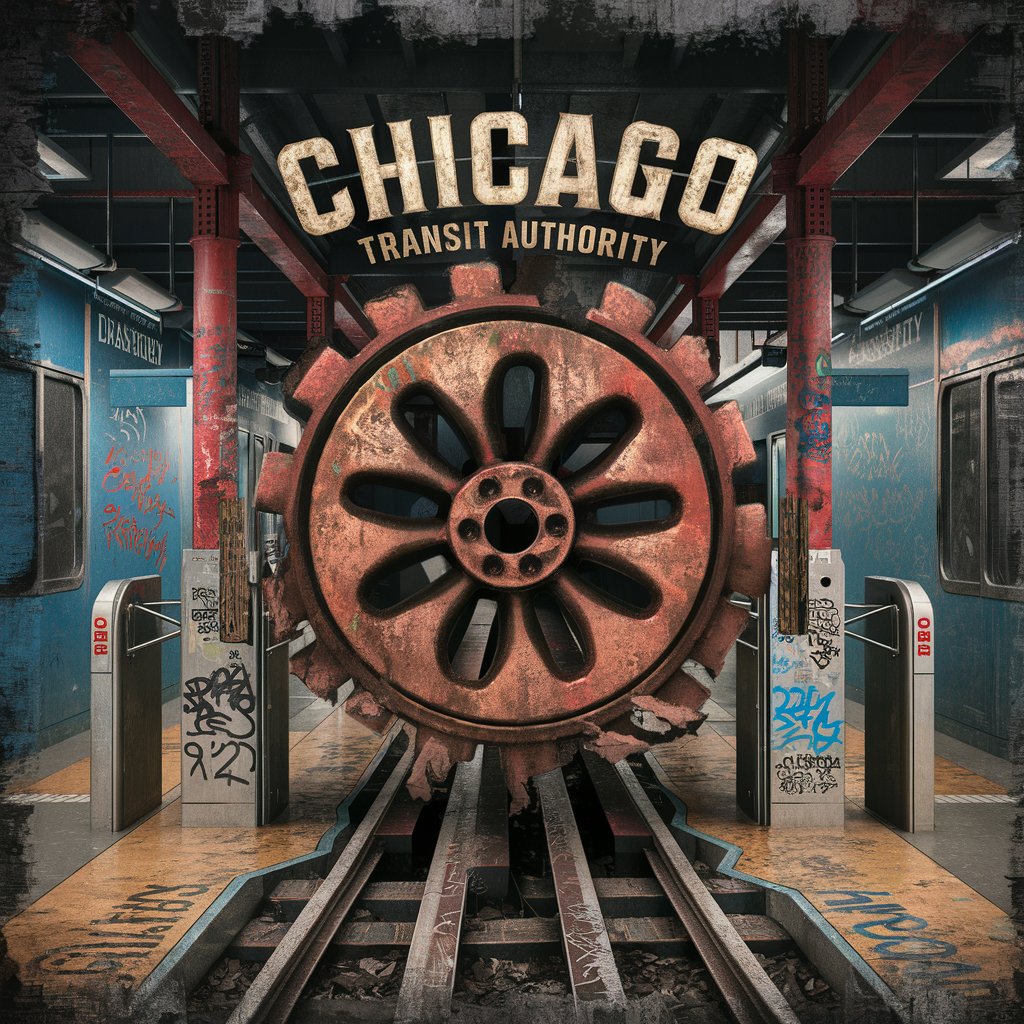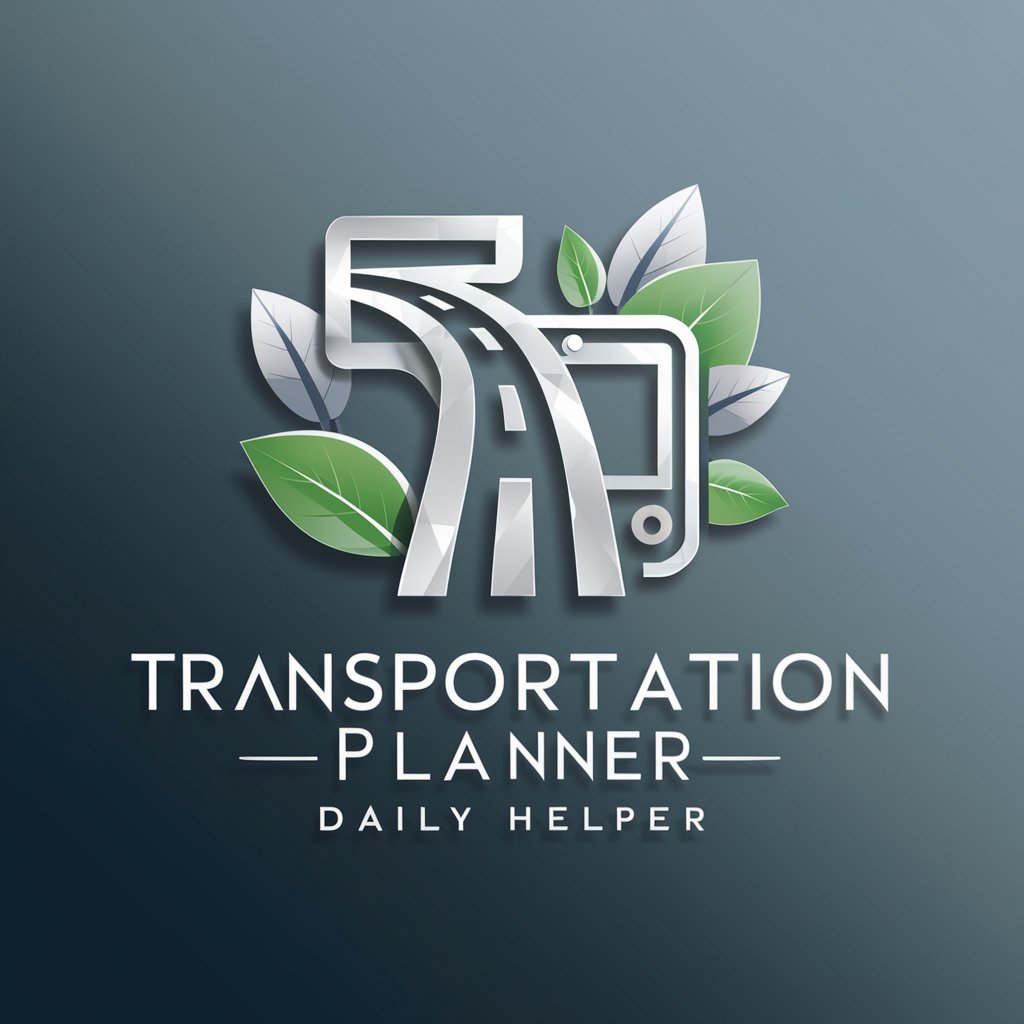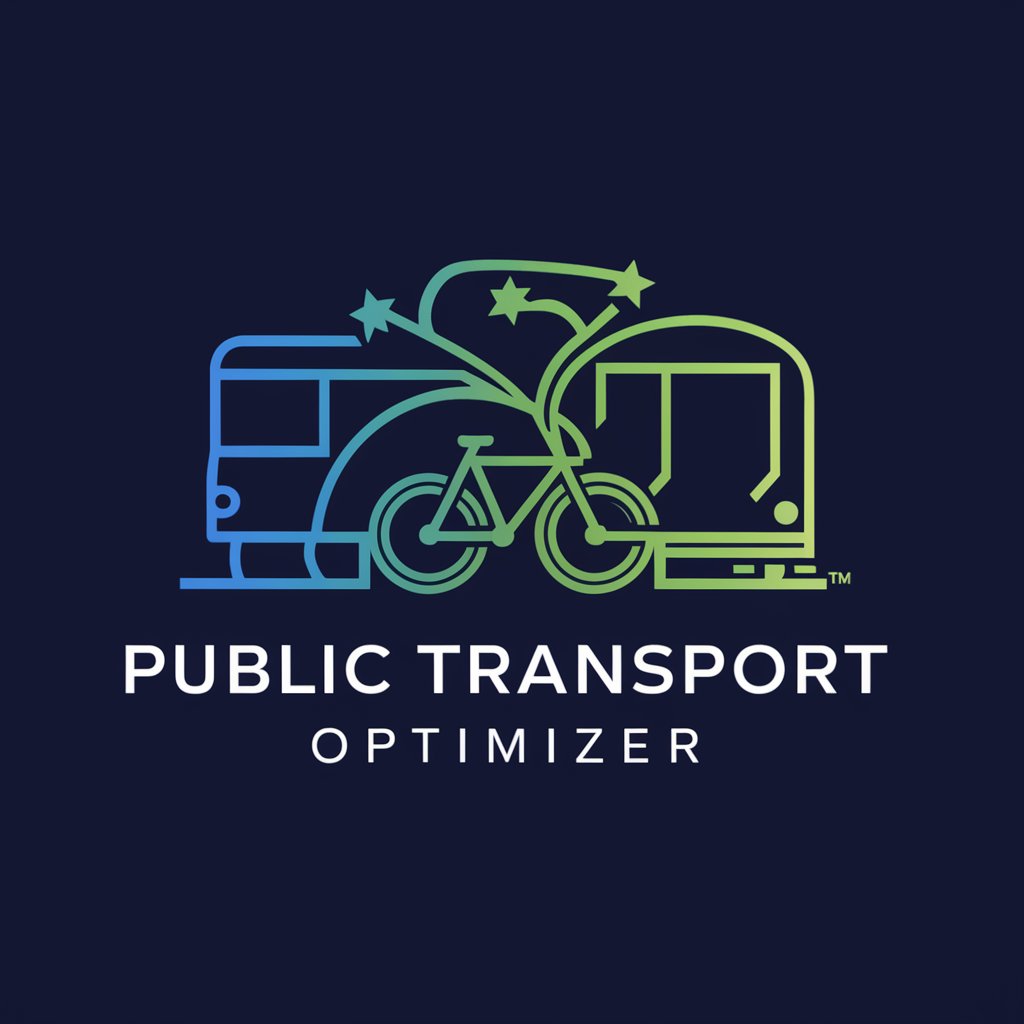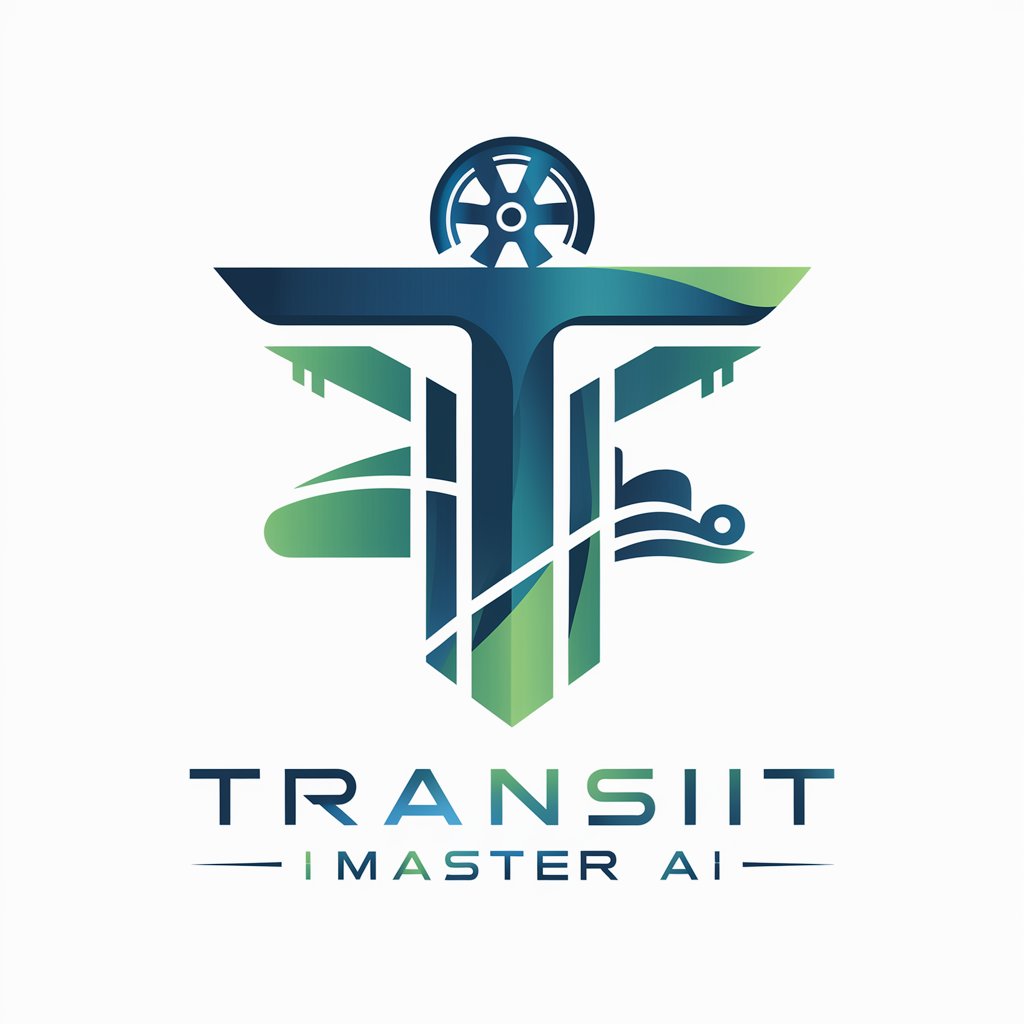
Public transportation - Intelligent Route Optimization
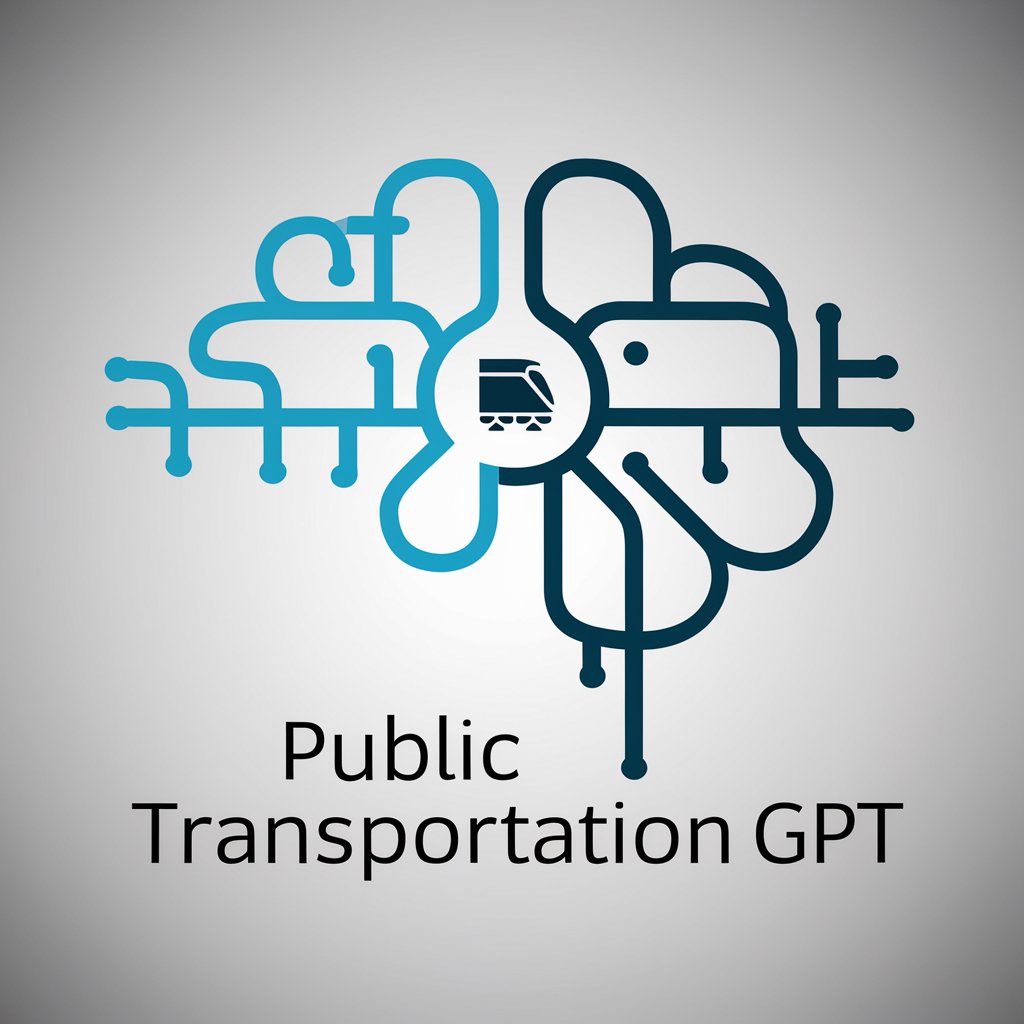
Welcome! How can I assist you today?
Navigate Smarter with AI-Powered Public Transportation
Create a comprehensive guide on...
Write an engaging article about...
Develop a detailed plan for...
Generate a persuasive argument for...
Get Embed Code
Introduction to Public Transportation
Public transportation, often referred to as public transit or mass transit, encompasses various modes of transport available for use by the general public, including buses, trains, subways, ferries, and light rail. Designed to provide efficient, affordable, and eco-friendly transportation options, it aims to reduce the number of private vehicles on the roads, thereby decreasing traffic congestion, pollution, and the urban footprint associated with private transport. For example, a single bus can replace up to 30 private vehicles, significantly reducing carbon emissions and traffic. Similarly, subways and trains can efficiently transport large numbers of passengers across vast distances, offering a viable alternative to air and road travel for inter-city movements. Powered by ChatGPT-4o。

Main Functions of Public Transportation
Commuting Assistance
Example
A city's subway system facilitates daily commutes to work or school, minimizing the need for personal vehicles.
Scenario
In cities like New York or Tokyo, where parking spaces are scarce and expensive, the subway offers a time-efficient and cost-effective mode of transport, enabling people to reach their destinations without the hassle of driving.
Reduction of Environmental Impact
Example
Electric buses and trains offer a greener alternative to diesel-powered public transport, reducing greenhouse gas emissions.
Scenario
Cities like Amsterdam and Copenhagen are increasingly adopting electric buses, contributing to their goals of becoming carbon-neutral. Riders choosing these options over personal cars play a part in reducing the overall environmental impact.
Accessibility Enhancement
Example
Public transportation systems with features for the disabled, like low-floor buses or elevators in subway stations, make commuting feasible for everyone.
Scenario
Implementations such as the London Underground's step-free access project demonstrate a commitment to inclusivity, allowing individuals with mobility issues to use the system more easily.
Ideal Users of Public Transportation
Daily Commuters
Individuals traveling to work or school on a daily basis benefit from public transportation by avoiding the costs and stress associated with driving and parking in congested areas. This group values the reliability, speed, and cost-effectiveness of mass transit options.
Environmental Advocates
People who are conscious about their environmental footprint prefer public transportation for its lower emissions compared to private vehicles. This user group supports sustainable travel options that contribute to reducing pollution and combating climate change.
Tourists and Casual Riders
Visitors to a city or those without a private vehicle use public transportation as a convenient and affordable way to explore different areas. This group benefits from the extensive network and flexibility that public transit provides, allowing for easy access to tourist attractions, shopping districts, and local experiences.

How to Use Public Transportation
1
Start your journey by exploring yeschat.ai, where you can access a free trial immediately without any requirement to log in or subscribe to ChatGPT Plus.
2
Identify your transportation needs, such as the specific route, schedule, and fare information, which can usually be found on local public transportation websites or apps.
3
Purchase a ticket or pass if required. Many public transportation systems offer digital payment options or physical tickets at stations, online, or through mobile apps.
4
Locate your departure point using maps or signage at the station, and arrive early to ensure you don't miss your ride. Always check for any service updates or changes.
5
While on board, follow the rules and guidelines for a safe and pleasant journey, such as respecting priority seating and keeping noise levels to a minimum.
Try other advanced and practical GPTs
Green Transportation
Drive Smart, Drive Green
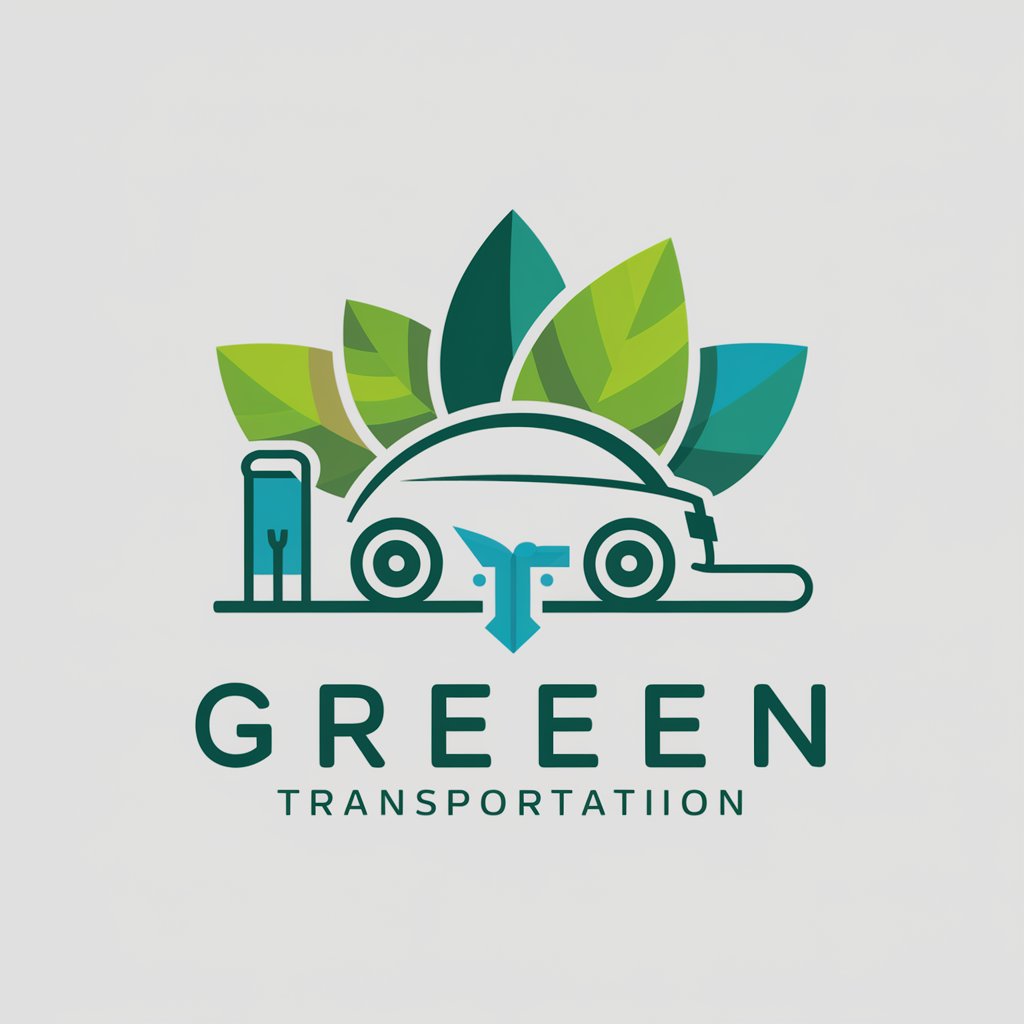
Jelly Berry
Bringing Humor to AI Conversations

AI Personalized Health Plan
Tailored health and fitness plans at your fingertips.

Improv Practice Assistant
AI-powered improvisational skill enhancement

C64 game screen emulator
Relive the C64 era with AI-powered nostalgia.

Screen Selector
AI-powered movie and TV show recommender

Transportation Service Attendants Assistant
Empowering Service Excellence with AI
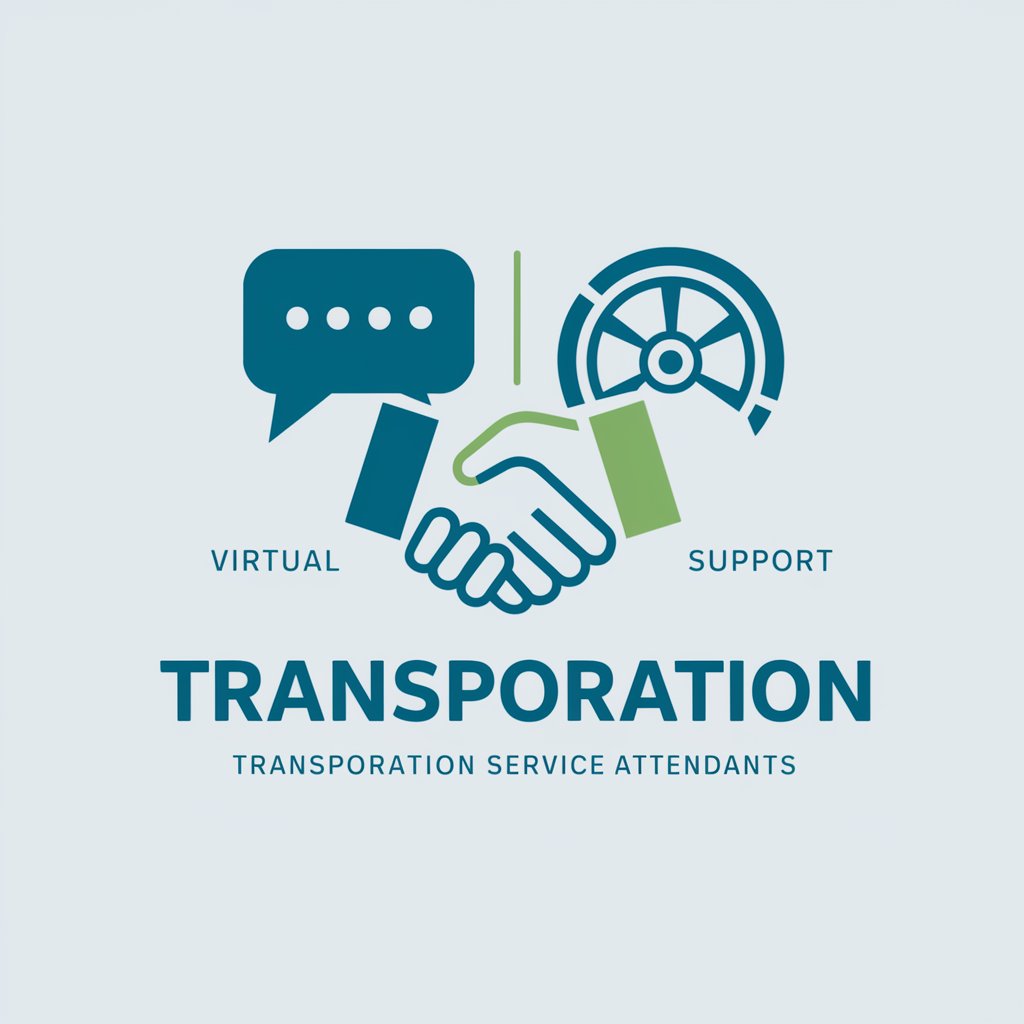
Other Transportation Workers Assistant
Empowering Transportation Professionals with AI

Transportation Security Screeners Assistant
Empowering Screeners with AI
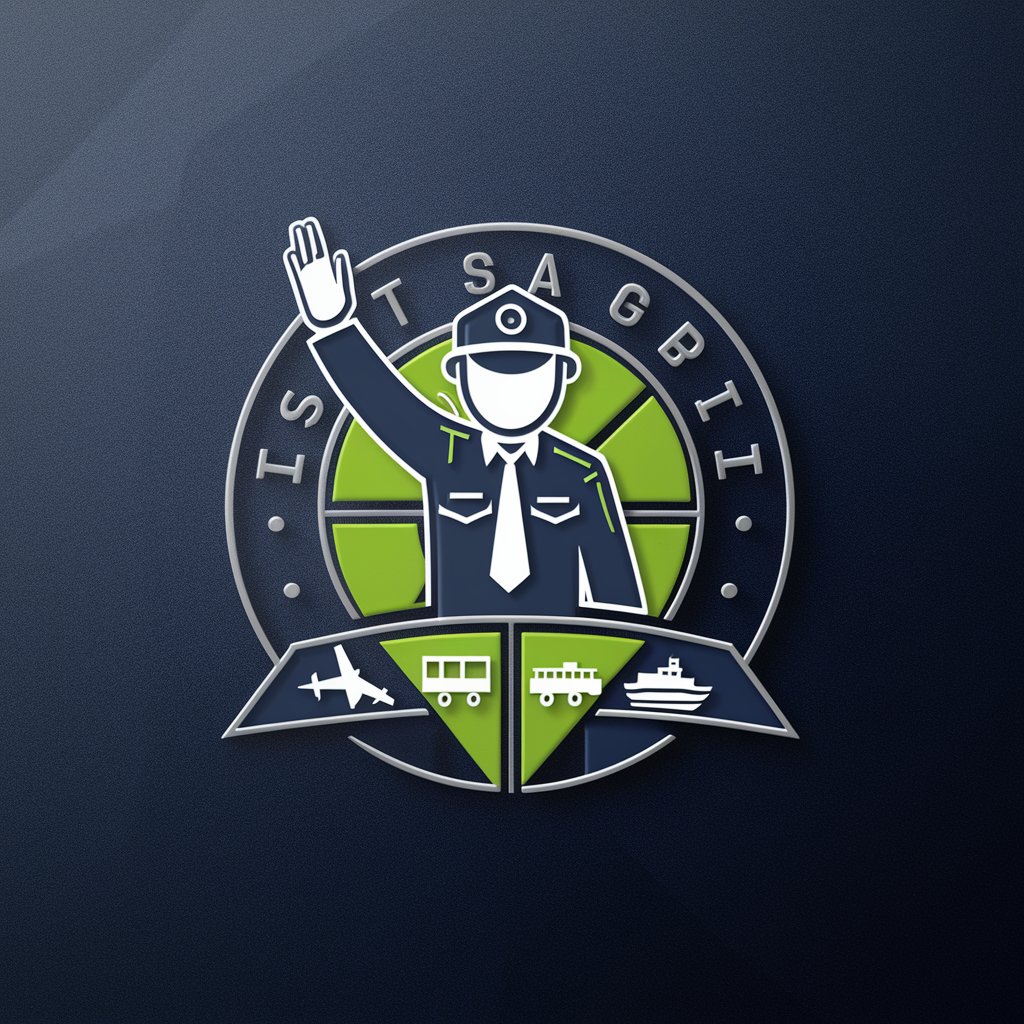
Rail Transportation Workers Assistant
Empowering Rail Professionals with AI

Transportation Planning Tutor
AI-powered Transportation Planning Expertise
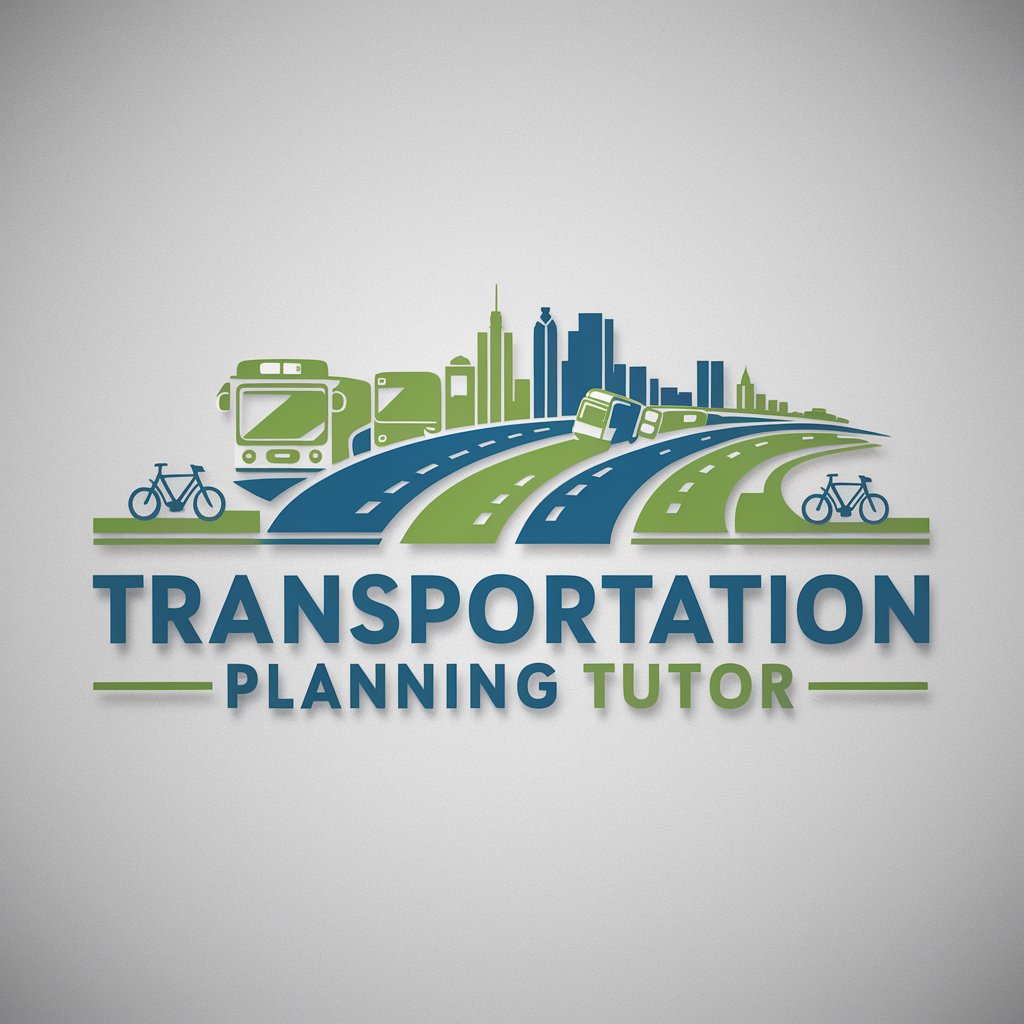
Green Transportation
Powering Sustainable Journeys with AI
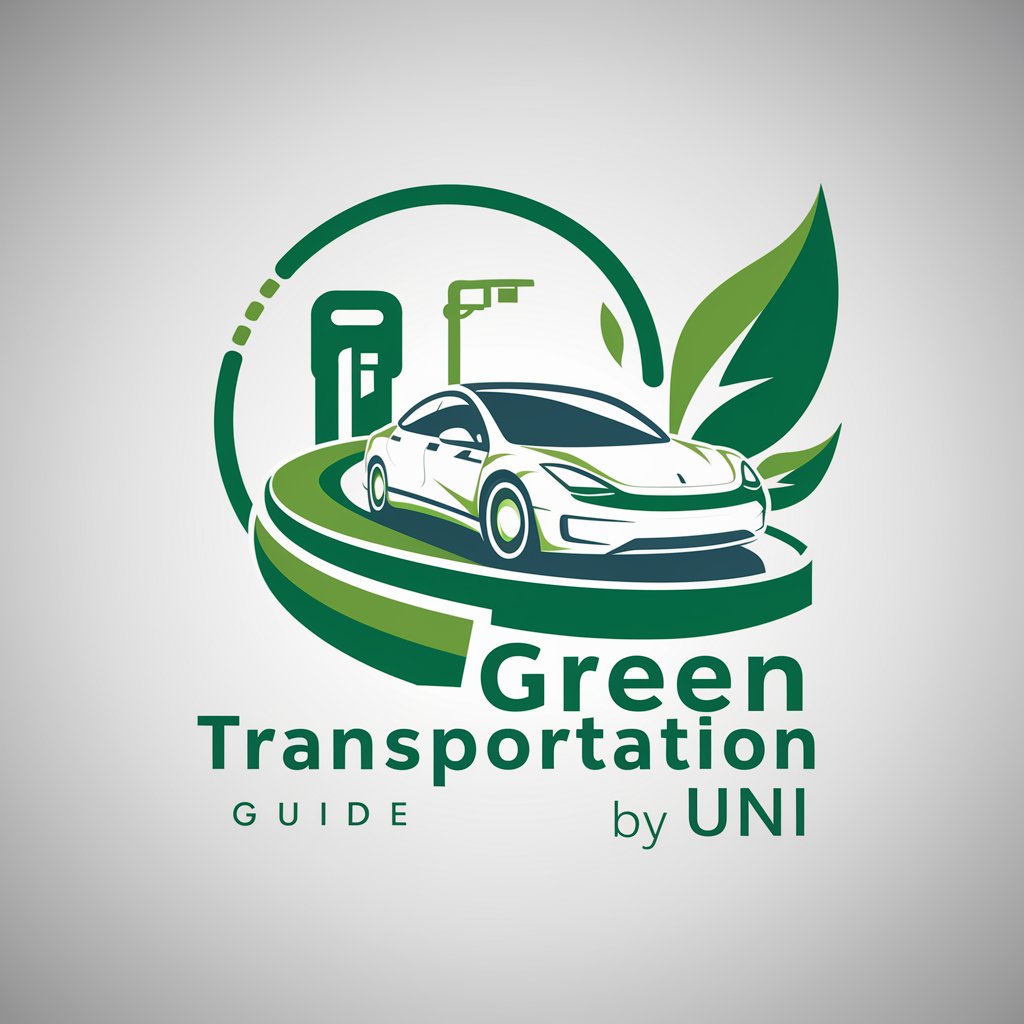
Frequently Asked Questions about Public Transportation
What features does Public Transportation offer?
Public Transportation offers real-time updates, route optimization, fare calculation, and accessibility information, enhancing your travel experience.
How can I find the fastest route to my destination?
Use the route optimization feature in your local public transportation app, which considers current traffic conditions and service schedules to recommend the quickest path.
Are there discounts available for regular commuters?
Yes, many public transportation systems offer discounted passes for daily, weekly, or monthly travel, as well as special rates for students, seniors, and disabled passengers.
Can I bring my bicycle on public transportation?
This varies by service and location, but many systems allow bicycles during off-peak hours or have dedicated spaces on buses and trains.
What should I do if I lose something on public transportation?
Contact the lost and found department of the transportation service as soon as possible. Provide a detailed description of the item and the last known location for the best chance of recovery.
